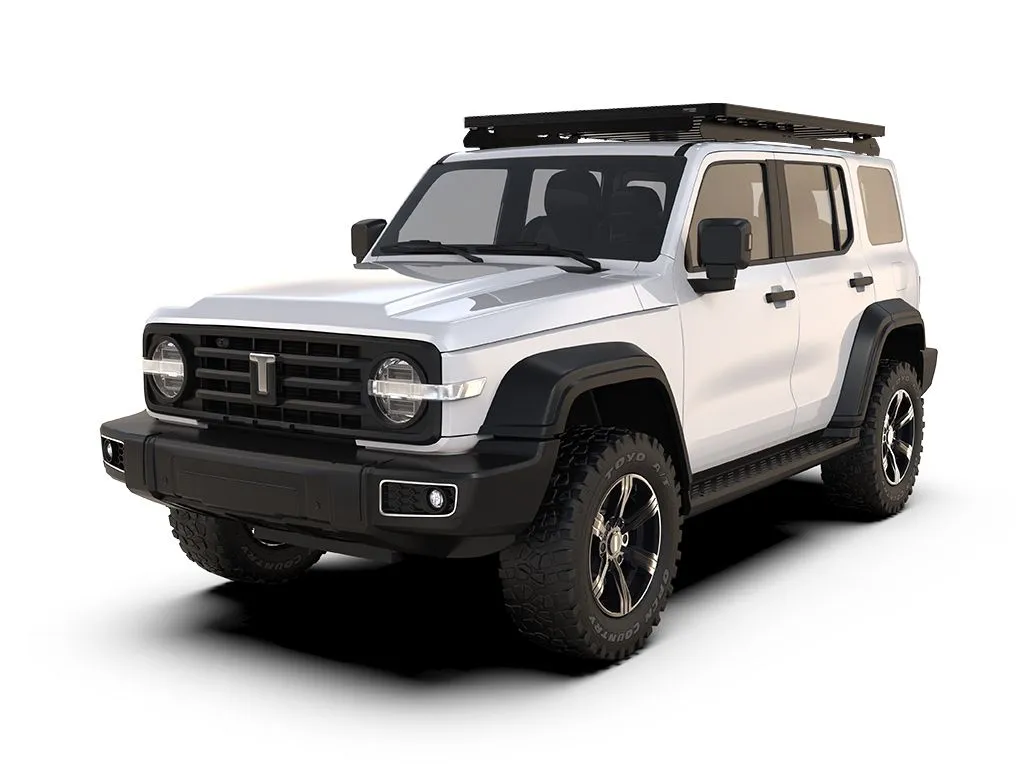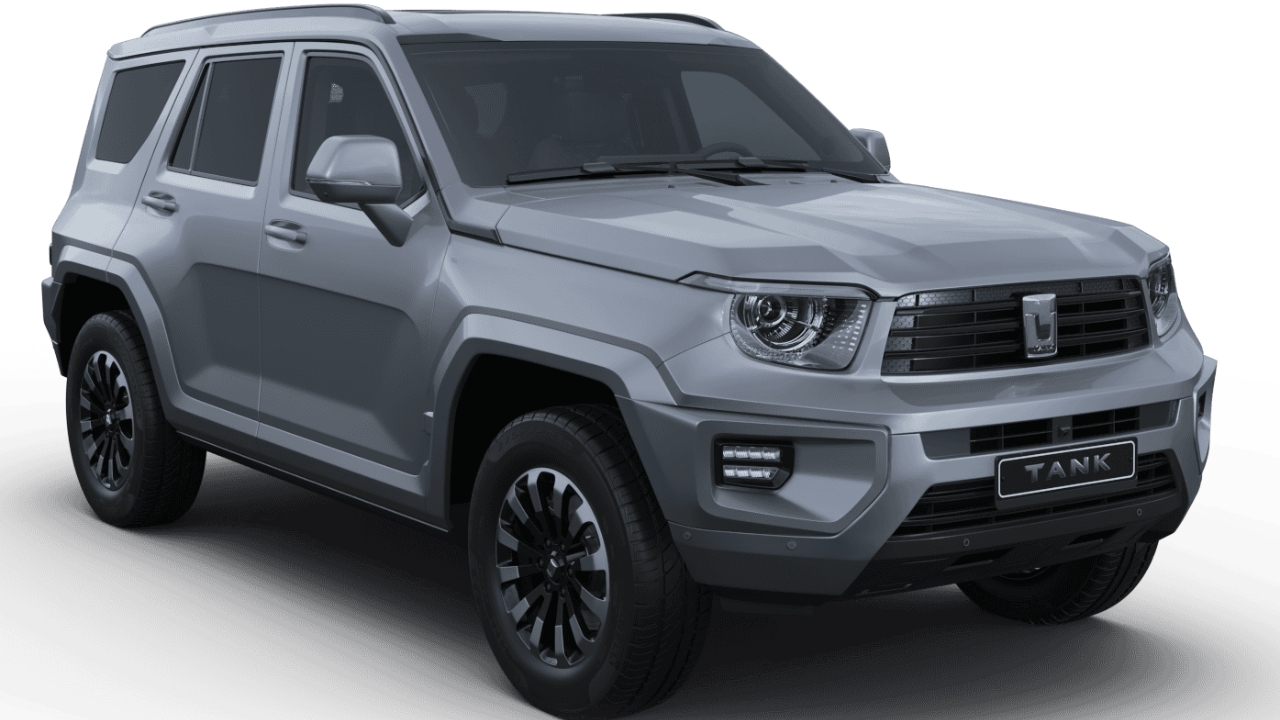GWM Australia is seriously considering the return of the Haval H9 off-roader, positioning it as a potential volume driver that could become one of the brand’s four highest-selling vehicles in the Australian market. The strategic move would see the Chinese automaker directly challenge established players in the competitive seven-seat SUV segment.
Direct Competition with Market Leaders
Steve Maciver, GWM Australia and New Zealand’s head of marketing and communications, revealed the H9 is “on the radar and under consideration” as a diesel-powered alternative to complement the premium Tank 500. This positioning would enable GWM to compete directly with the Ford Everest, Isuzu MU-X, and Toyota LandCruiser Prado – all of which dominate the Australian off-road SUV market.
The original Haval H9 was part of the brand’s initial Australian rollout in 2016 but was discontinued in 2021, leaving a gap in GWM’s lineup that the Tank 500 couldn’t entirely fill due to its premium positioning and lack of diesel options.
Technical Specifications and Capabilities
Under Australia’s Australian Design Rules (ADRs), the new H9 would need to meet stringent safety and emissions standards before local sale. The vehicle features body-on-frame construction, live rear axle, and available third-row seating – matching specifications of its established competitors.
Engine and Performance Options
The H9 is expected to offer a turbocharged 2.4-litre four-cylinder diesel engine, identical to the GWM Cannon Alpha ute, producing 138kW and 480Nm paired with a nine-speed automatic transmission. A 2.0-litre petrol variant generating 160kW and 380Nm with an eight-speed ZF automatic is also available in the Chinese market.
Off-Road Capability Features
Advanced off-road systems include four-wheel drive, ‘tank turning’ function, hill descent control, surround-view cameras with transparent chassis mode, and locking centre, front, and rear differentials. The vehicle achieves 800mm wading depth and 31-degree approach angles, meeting ANCAP safety standards requirements for Australian roads.
Market Positioning and Volume Strategy
According to Maciver, the H9 would maintain Haval’s mainstream positioning philosophy, potentially achieving higher sales volumes than the premium Tank range. “We would argue we’re never quite going to get to the same volume with a Tank 300 or Tank 500 as we do with an H6,” he explained.
The strategy positions the H9 alongside the Jolion, H6, and Cannon as volume pillars, while Tank vehicles serve niche, specialist markets. This approach aligns with Australian vehicle safety regulations that emphasize mainstream adoption of advanced safety features.
Pricing and Market Entry
To remain competitive, the H9 would need pricing below the Tank 500’s $66,490-$73,990 drive-away range. This positioning would challenge the established pricing hierarchy in Australia’s large SUV segment, where diesel variants typically command premium pricing over petrol alternatives.
The vehicle’s 14.6-inch touchscreen, 10.25-inch digital cluster, heated and ventilated seats, panoramic sunroof, and comprehensive active safety suite including autonomous emergency braking and adaptive cruise control would need to comply with Australian Design Rules.
Haval H9 vs Competitors Specification Comparison
| Specification | Haval H9 | Ford Everest | Toyota Prado | Isuzu MU-X |
|---|---|---|---|---|
| Length | 4,950mm | 4,914mm | 4,840mm | 4,825mm |
| Width | 1,976mm | 1,923mm | 1,885mm | 1,870mm |
| Height | 1,930mm | 1,842mm | 1,850mm | 1,870mm |
| Wheelbase | 2,850mm | 2,900mm | 2,790mm | 2,845mm |
| Ground Clearance | 224mm | 227mm | 220mm | 230mm |
| Wading Depth | 800mm | 800mm | 700mm | 600mm |
| Seating | 7 seats | 7 seats | 7 seats | 7 seats |
Frequently Asked Questions
Q: When will the Haval H9 return to Australia?
A: GWM hasn’t confirmed a timeline, stating it’s still “under consideration” with no firm commitment yet.
Q: What engine options will be available?
A: The H9 is expected to offer a 2.4L turbo-diesel (138kW/480Nm) and potentially a 2.0L turbo-petrol option.
Q: How will it be priced compared to competitors?
A: Pricing must be below the Tank 500’s $66,490-$73,990 range to remain competitive in the mainstream SUV market.
Also Read:-2025 Cupra Leon Sportstourer Set to Thrill Aussie Enthusiasts
